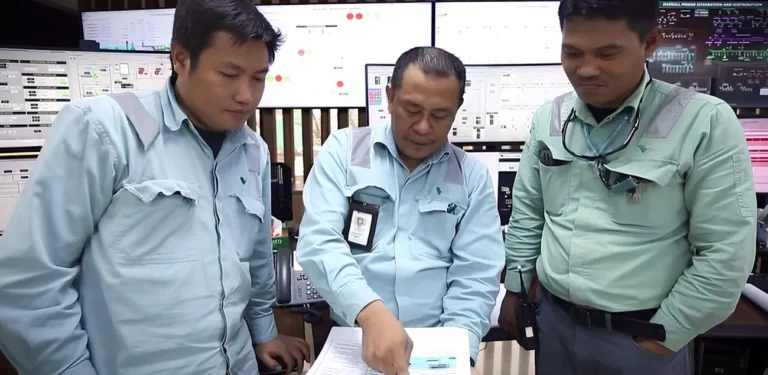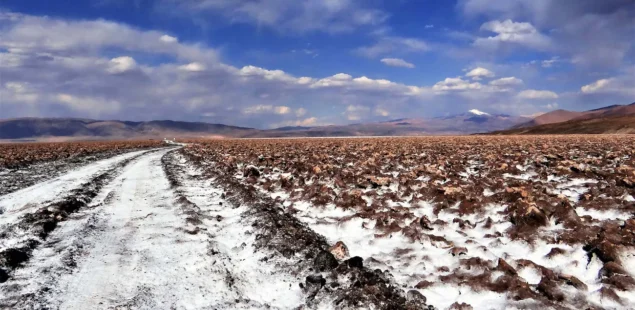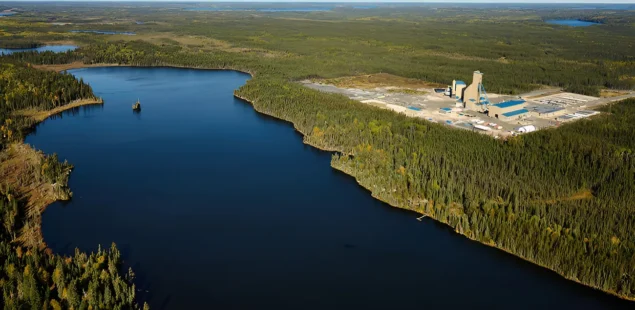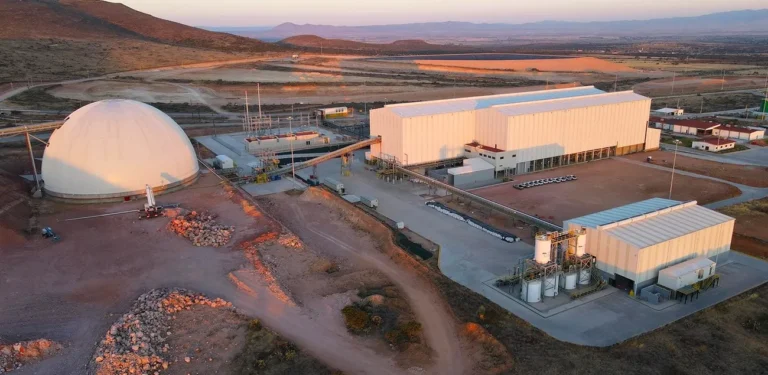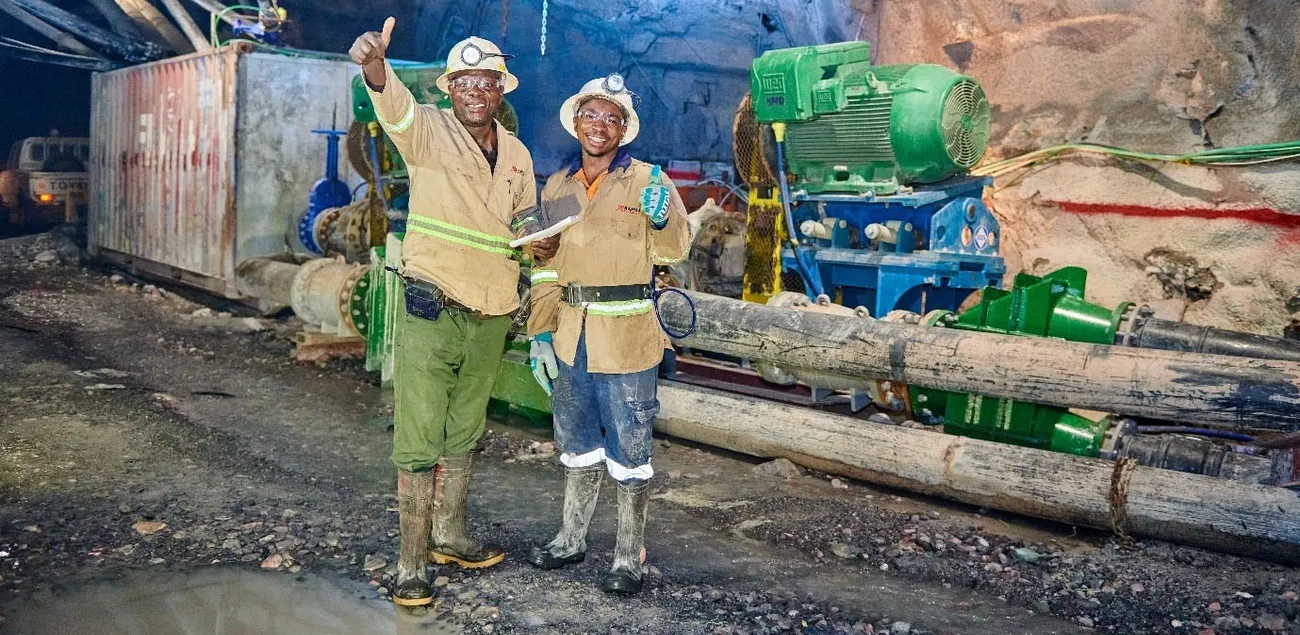
Ivanhoe Mines, copper producer, has begun installing high-capacity submersible pumps for a “Stage Two” dewatering program at Kamoa-Kakula in the DRC and raised 2025 C1 cash-cost guidance by 12% to $1.90–$2.20/lb, reflecting a temporary shift to lower-grade stockpiles while the mine’s eastern workings are drained. The $70 million plan follows seismic-induced flooding on May 20; two pumps are on site and two more are due next month, with full dewatering of the east targeted by year-end, the company said.
Recovery plan and timeline
Ivanhoe’s two-stage approach stabilized water levels from early June using temporary underground pumping (about 3,700 L/s), enabling a June 7 restart in the western mine and concentrators to run at roughly 80–85% of capacity. Stage Two installs permanent, high-capacity surface pumping to clear the eastern panels; management will outline the recovery ramp and 2026/27 production and cost guidance in September. BMO’s Andrew Mikitchook said the goal is to restore previously planned throughputs by 2027.
Costs, grades and near-term feed
The higher 2025 C1 range—up from $1.70–$1.90/lb—tracks with the current reliance on ~3% Cu stockpiles; Ivanhoe and analysts expect access to ~5% Cu ore in the east to resume once dewatering progresses into mid-2026. The company has ordered five large submersible pumps (one to be kept as a spare) to accelerate the transition back to higher-grade feed.
Quarterly run-rate intact despite disruption
Kamoa-Kakula produced 112,009 t of copper in Q2 as the Phase 1/2 concentrators operated at ~85% of design and Phase 3 ran ~30% above nameplate. Group Q2 revenue was $875 million, with adjusted EBITDA of $123 million and net profit of $35 million; cash and equivalents ended the quarter at $672 million. Management maintained 2025 copper-in-concentrate guidance at 370,000–420,000 t (down from pre-event plans). The complex produced a record 437,147 t in 2024 and has generated ~$4.7 billion in operating cash flow since start-up.
Shares and valuation context
Ivanhoe’s Toronto-listed stock slipped nearly 1% to C$10.73 on Friday, implying a market capitalization of about C$14.5 billion (≈$7.79 per share and ≈$10.5 billion at 1 USD = 1.379 CAD).
Company Background and Market Context
Ivanhoe Mines is a copper-focused developer–producer best known for the Kamoa-Kakula complex in the Democratic Republic of Congo, developed with partners including Zijin Mining and the DRC government. The operation delivered a record 437,147 tonnes of copper in 2024, and—despite the May flooding event—retains 2025 guidance of 370,000–420,000 tonnes while dewatering work restores access to higher-grade eastern panels. Beyond Kamoa-Kakula, Ivanhoe’s portfolio includes the Platreef nickel-PGM-copper-gold project in South Africa and the Kipushi zinc-copper mine in the DRC, providing multi-asset optionality as its flagship recovers to plan.
Copper remains central to global electrification, underpinning power grids, renewable connections and data-centre buildouts. Prices have hovered just below $10,000 per tonne on the LME in recent weeks—supportive for low-cost producers but volatile amid policy noise and uneven mine supply. In this backdrop, Ivanhoe’s near-term value drivers are executional: completing the two-stage dewatering program, normalising unit costs as higher-grade ore returns to the mill, and sustaining concentrator performance. Delivery on those steps would rebuild margin capture into 2026–27 while the wider industry contends with a thin pipeline of large new copper projects.
